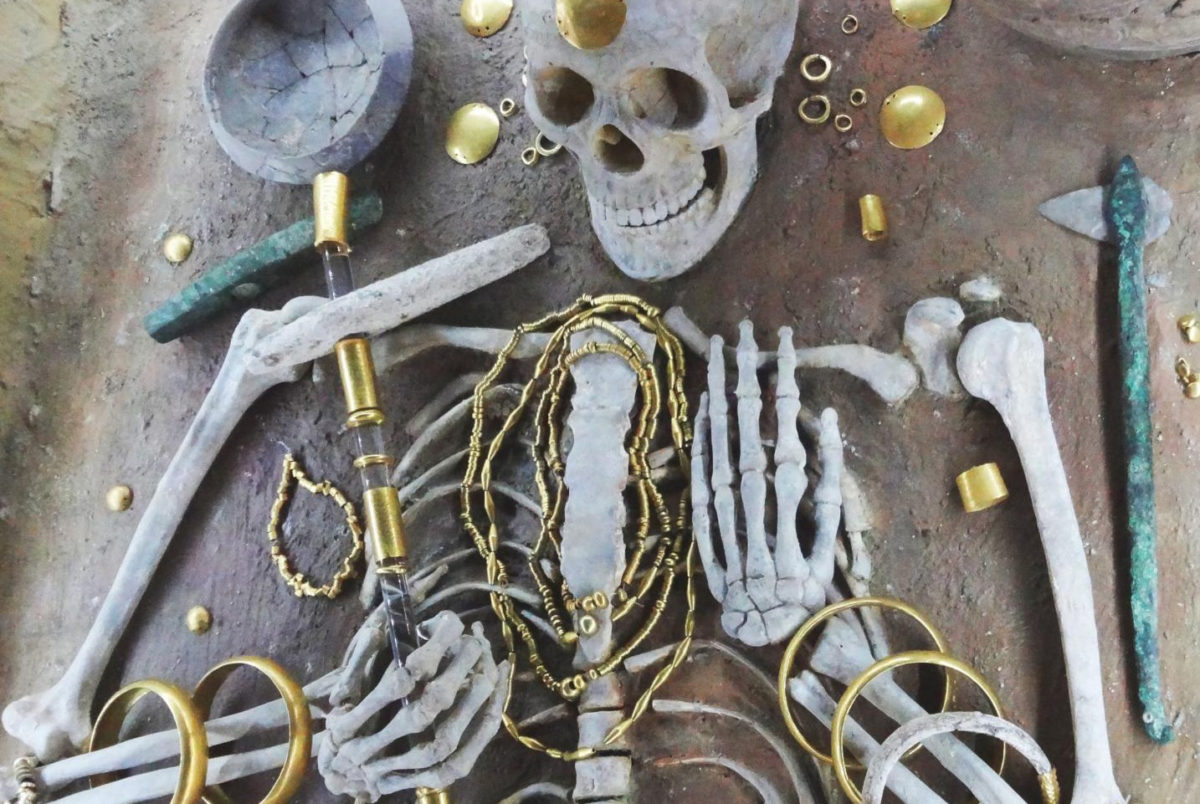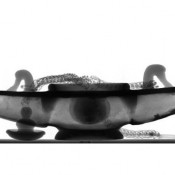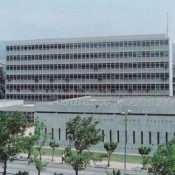Research into ancient gold metallurgy has been supported by various studies, however, colour properties of prehistoric copper alloys such as arsenical copper and tin have remained largely understudied.
A new study by an internatinal team of UK and Serbian researchers have created a Cu-As-Sn (Copper-Arsenic-Tin) colour ternary diagram in order to discover the original coloration of ancient artefacts that have since become patinated over time.
This study was due in part to the discovery of some of the earliest tin bronze artefacts found in Serbia that led to the discussion on what significance colour has played in the evolution of metal metallury and metal making technologies.
Dr Miljana Radivojevic from the McDonald Institute for Archaeological Research (University of Cambridge) said “Given the acknowledged importance of aesthetics in ancient metallurgy, we decided to experimentally replicate the most common prehistoric alloys, made of binary and ternary combinations of copper, arsenic and tin and produce a colour chart that comes the closest to showing the true ‘bling’ of such artefacts in the past. We were inspired by modern jewellery making where similar colour charts are used to explore properties of gold-copper-silver alloys.”
Professor Zeljko Kamberovic, leader of the Serbian team from the University of Belgrade Faculty of Technology and Metallurgy said, “Our laboratory is one of the few in Europe to hold a license to experiment with arsenic, which is why we were approached to develop the study and produce 64 metal samples of variable copper-tin-arsenic compositions.”
“The copper-tin-arsenic ternary colour charts enabled us to re-evaluate the claim that early tin bronzes in the Balkans had a distinctive golden hue”, said Radivojevic. She added that it is “now highly likely that the production of this new alloy in the Balkans at the same time as gold could have been dictated by the demand for the ‘exotic’ golden hue, or its closest imitation”.
“This research, although driven by the case study in the Balkans, yielded a valuable representation of colour of the most commonly produced prehistoric alloys worldwide. We now have the means to bring the original shine to the items that have lost their original aesthetic appeal during several millennia of deposition below ground”, stated Professor Martinón-Torres from the UCL Institute of Archaeology, where chemical and colorimetric analyses for this study were conducted.
Dr Radivojevic added that she anticipates these colour charts being widely used in teaching or museum exhibits, “helping students and museum visitors to imagine how the majority of ancient metal objects looked a couple of thousands years ago.”




